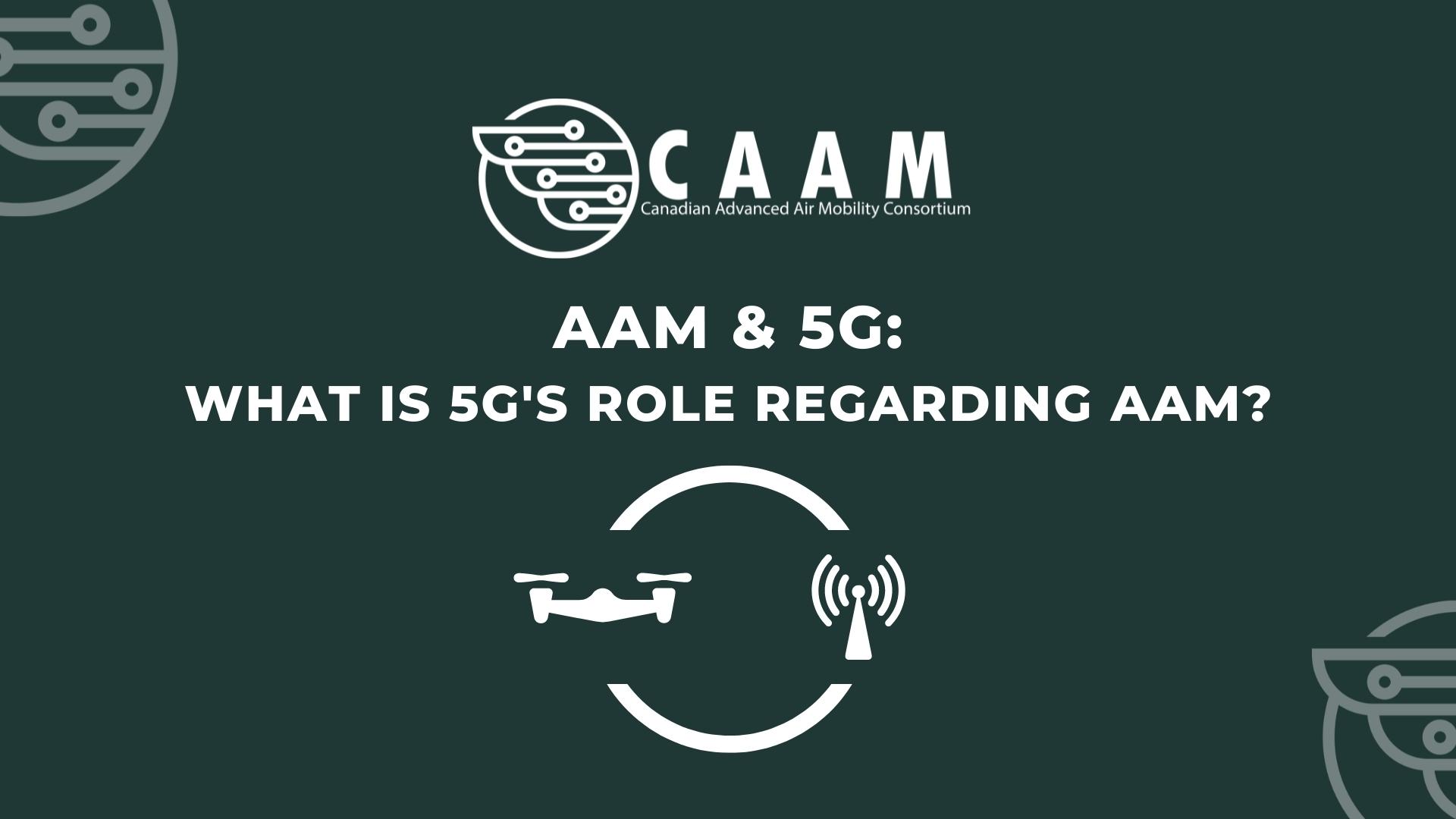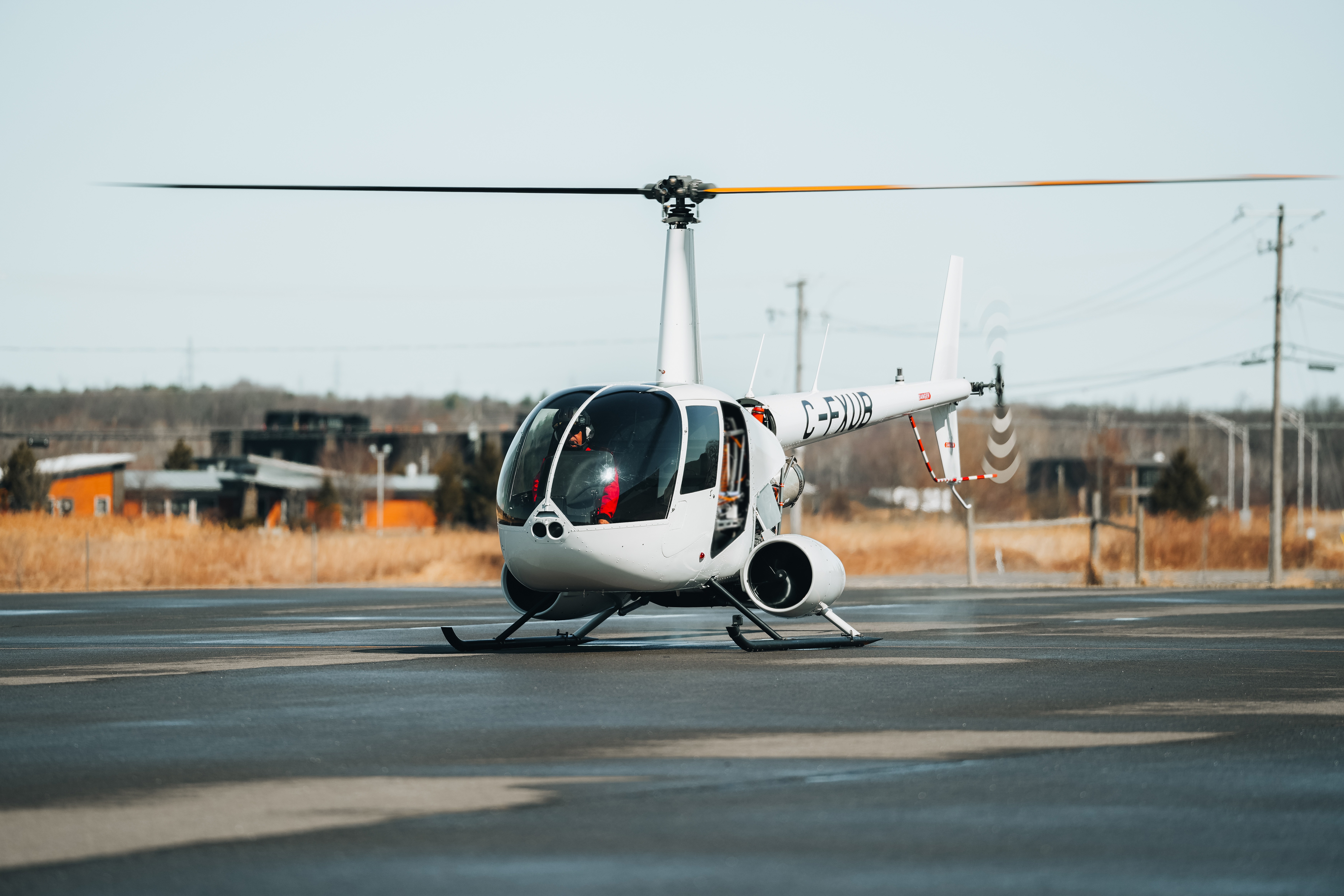 The truth is, there’s no definitive answer to the question yet,
The truth is, there’s no definitive answer to the question yet,
To speculate on what impact 5G may or may not have on low altitude vertical lift […] would be a significant guess on anyone’s part given that no one knows exactly how much infrastructure there is, where it is physically located and what technology is employed at each site. To say that we have an opportunity to improve in this space would be a major understatement.
Rex Alexander, President, Five-Alpha
AAM and 5G: Why is the relationship between AAM and 5G still unknown?
Because both Advanced Air Mobility (AAM) and 5G still are novelties. And as such, there aren’t many real tests going on. At this stage of development, there are only speculations based on how 5G affects traditional aviation. And things don’t look promising,
There is a major risk that 5G telecommunications systems in the 3.7–3.98 GHz band will cause harmful interference to radar altimeters on all types of civil aircraft—including commercial transport airplanes; business, regional, and general aviation airplanes; and both transport and general aviation helicopters. If there is no proper mitigation, this risk has the potential for broad impacts to aviation operations in the United States as well as in other regions where the 5G network is being implemented next to the 4.2-4.4 GHz frequency band.
International Civil Aviation Organization (ICAO)
The 4.2-4.4 GHz frequency band is where radar altimeters act, and as ICAO explains,
Radar altimeters (RA), operating at 4.2-4.4 GHz, are the only sensors onboard a civil aircraft which provide a direct measurement of the clearance height of the aircraft over the terrain or other obstacles (i.e. the Above Ground Level – AGL – information). The RA systems’ input is required and used by many aircraft systems when AGL is below 2500 ft. Any failures or interruptions of these sensors can therefore lead to incidents […] The radar altimeters also play a crucial role in providing situational awareness to the flight crew. The measurements from the radar altimeters are also used by Automatic Flight Guidance and Control Systems (AFGCS) during instrument approaches, and to control the display of information from other systems, such as Predictive Wind Shear (PWS), the Engine-Indicating and Crew-Alerting System (EICAS), and Electronic Centralized Aircraft Monitoring (ECAM) systems, to the flight crew.
Does this mean that AAM and 5G can’t co-exist?
As mentioned in the article AAM and 5G: Is 5G needed to make AAM happen? The answer is no.
“When it’s all said and done, the aerospace and defence industries will likely be the number one user of 5G technologies,” Max Fenkell, director of uncrewed and emerging technologies, Aerospace Industries Association (AIA), said in an interview with Brian Garrett-Glaser and Woodrow Bellamy III from Avionics International.
And NASA reiterates Fenkell’s words,
NASA is exploring CNS architectures and technologies for AAM that will satisfy safety-critical service requirements for high-volume, high-density operations in and around urban airspace. These new services will attempt to combine the assured reliability and consistent performance of existing CNS systems with the blistering pace of wireless innovation in non-aviation markets like LTE/5G and satellite communications. These industries continue to push the limits of spectral efficiency and network capacity, and NASA is looking for opportunities to adopt, where possible, or adapt these services for AAM operations.
Davis Hackenberg, NASA, Advanced Air Mobility project manager
AAM is a novelty, and that’s a good thing. Because even though it’ll use traditional aviation as a blueprint, it has the opportunity to adapt itself to modern days to be better, greener, more diverse, equitable, and inclusive. AAM knows that 5G may interfere with RA, so it can create solutions to change the problem into a solution because it’s still in development.
AAM is the future of transportation. 5G is the future of communication. How would they not work together?
By Giovani Izidorio Cesconetto



